This post is a follow up question of this question. I apologize if this seems to be double posting, but I cant comment (not enough reputation), inappropriate to ask question as answer and cant find the email of Trevor.
So here is the question. What does it mean in the post? (shown in Figure 2 below)
The issue with mixing grounds occcurs when you pass the returning high current through the control sides low current circuits as shown below.
From what I understand, Figure 2 is the same as Figure 1 in terms of circuit connection which will be shown in the following steps.
Figure 3 splits out the parallel ground connection for easier understanding and manipulation of circuit which is done on Figure 4. In Figure 4, I shifted the 5V to the right side and the lamp + mosfet to the left side. And that Figure 4 is the same as Figure 1.
I did observed that the current flow is a little different. But how can one be sure that current from 60V will not flow through the Arduino if all the common is connected together and furthermore is in parallel? From my understanding, same circuit with different positioning = same current flow. Which means if Figure 2 returns high current through the control sides, the same applies to Figure 1.
 All these are based on my understanding. Please do critique my understanding if it is wrong (with image and current flow if possible ><).
All these are based on my understanding. Please do critique my understanding if it is wrong (with image and current flow if possible ><).
Once again I apologize if this seems to be a double post.
EDIT: I read this post regarding schematic and decided to draw it again. They are basically the same as the previous image.
